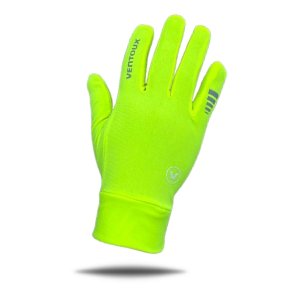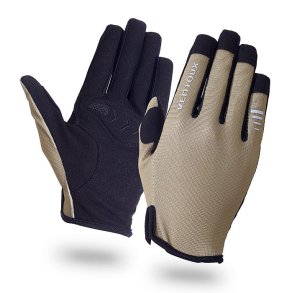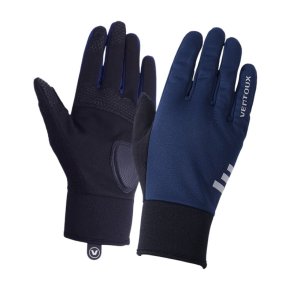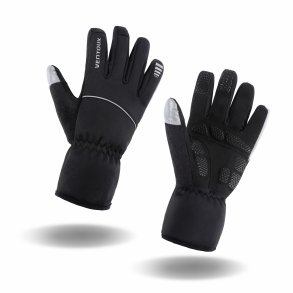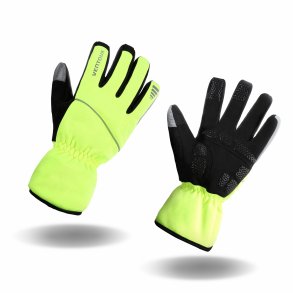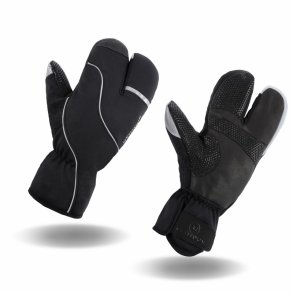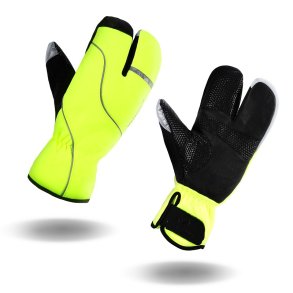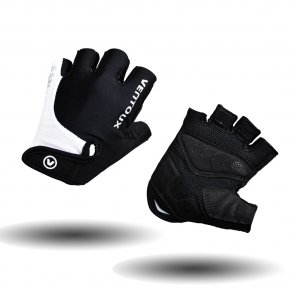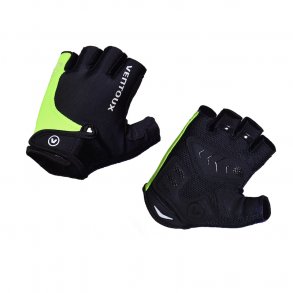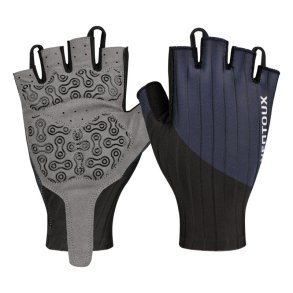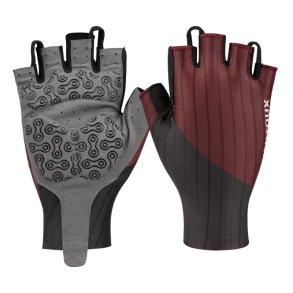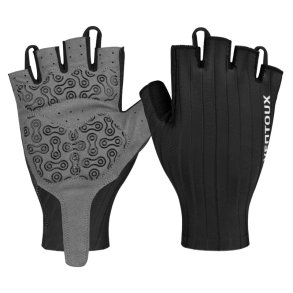Cycling gloves
A pair of good, well-fitting cycling gloves is a must for your comfort and safety on both shorter and longer rides. Cycling gloves are a product category that we, under the auspices of Ventoux, have focused on for several years, and have continuously worked to develop and improve in collaboration with the end users. The focus has always been on achieving a maximum level of quality at prices that most people can afford.
Read more good advice about cycling gloves at the bottom of the page.
Cycling gloves
For most cyclists, cycling gloves are an indispensable piece of clothing. Regardless of whether it is cycling gloves for road, MTB or Gravel. The use of cycling gloves is about both safety and comfort. They protect the hands from damage, improve the handlebar grip and reduce the feeling of sleepiness in the palm of the hand on the longer rides. And in winter, a pair of winter cycling gloves naturally help to keep hands and fingers warm.
What is a good summer cycling glove?
Cycling gloves must naturally be as light and airy as possible in the warm season. The back of the hand on summer cycling gloves is typically made of thin and stretchable Lycra, while the palm of a good cycling glove is made of hard-wearing suede or synthetic suede (Amara), which provides a secure grip on the handlebars.
Cycling gloves with gel provide the best shock absorption and thus comfort. The shock absorber can also be made of foam, but malleable gel is clearly preferable. It is also important that the gel pads on the cycling gloves are strategically well placed, so that they protect against impacts from the surface and the vulnerable nerve pathways in the palm.
Another important detail of a good short-fingered summer cycling glove is a solid finger-pull system. That is it should be easy to get your short-fingered cycling gloves off. This is often done by sewing some thin straps between the fingers of the short-fingered cycling gloves.
A good cycling glove for summer cycling is also equipped with a "sweat edge", a terry edge which, as the name suggests, is used to dry e.g. forehead and nose.
Cycling gloves for winter use
While some completely avoid the use of cycling gloves in the summer, this is not the case in the winter. Cycling gloves for winter use are absolutely essential for comfort, and cannot be dispensed with even on medium-long rides if the temperature falls below 8-10 degrees.
A good winter cycling glove is windproof, water-repellent and has an inner lining. At the same time, it is still important that the winter gloves are breathable (you can easily get too warm when cycling with a certain intensity) and are not so thick that the steering feel is too bad.
A special variant especially for winter use is the so-called "Lobster" model, which is an extra winter cycling glove with only 3 fingers. Rather than making an actual glove, a 3-finger is preferable, as it makes it possible to operate gears and brakes.
Last but not least, it is of course an advantage in the dark that the warm cycling gloves are equipped with reflectors and/or come in traffic-safe colours, e.g. neon yellow.
Cycling gloves for the intermediate seasons
In the intermediate seasons (spring and autumn) when a cycling glove is still needed, but where the lined winter cycling gloves become too warm, there are different solutions.
A typical mid-season cycling glove is windproof and waterproof, but has no or limited lining. Eg. Ventoux Storm cycling gloves.
In the middle season, thin base layer cycling gloves are also frequently used, which are an ultra thin glove with multiple uses. In winter they can be used as an extra layer inside a pair of winter cycling gloves, while in the middle season they can either be used alone or under a pair of short-fingered summer gloves.
Ventoux Base Layer cycling gloves have silicone print on the palms so they can be used alone or under a pair of short-fingered gloves. At the same time, the fabric is so thin that it can cleverly act as an extra protective inner layer in a pair of winter cycling gloves.
Mtb cycling gloves
Cycling gloves specifically for MTB differ in some respects from other types of cycling gloves. These are typically long-fingered cycling gloves in a thin material, often with extra protection around the knuckles. In addition to protecting against skin abrasions, etc. in the event of a crash, MTB cycling gloves must also protect against contact with branches, bushes etc.
On mountain bike routes (paths, trails) there are typically far more gear and direction changes than e.g. during road driving. Therefore, a good MTB cycling glove must be designed so that the handlebar grip and feel are top notch. We have, among other things, tried to design based on the Ventoux Freerider MTB cycling gloves.










